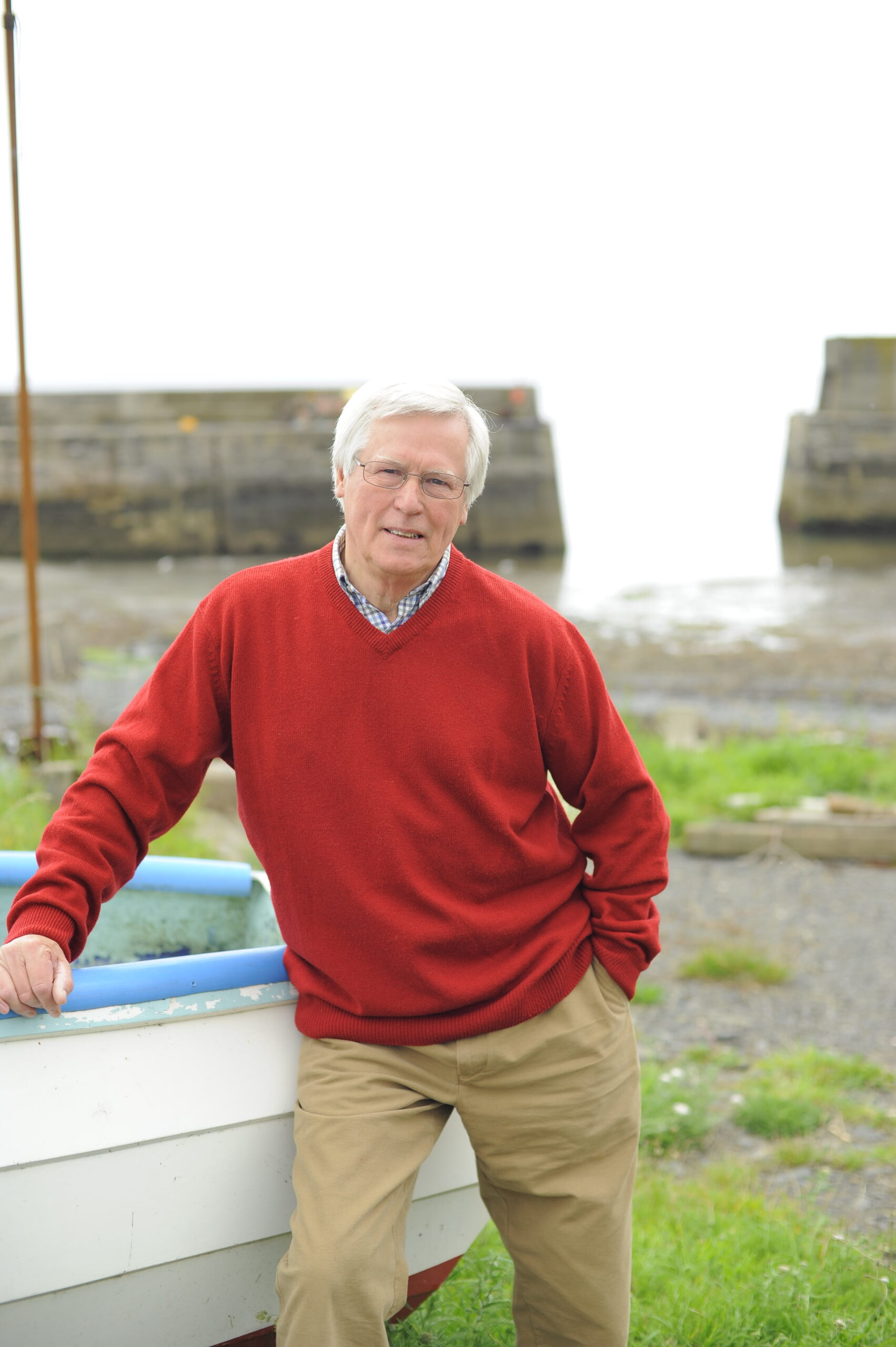I have a small confession to make. Although I’ve been fascinated by canals my entire life – having filmed on them, officially opened restored sections of them, presented waterways awards and been a vice-president of a canals trust – I’ve never actually been on a narrowboat holiday.
Over the years there have been times when I intended to, but somehow it never happened. So, this summer – better late than never – I set forth on my first canal adventure with my two eldest grandsons as crew. Fortunately, Charlie, who is 18, proved to be a natural-born skipper and 15-year-old Will was the ideal lookout and rope handler, which meant for much of the time I could sit back and enjoy myself.
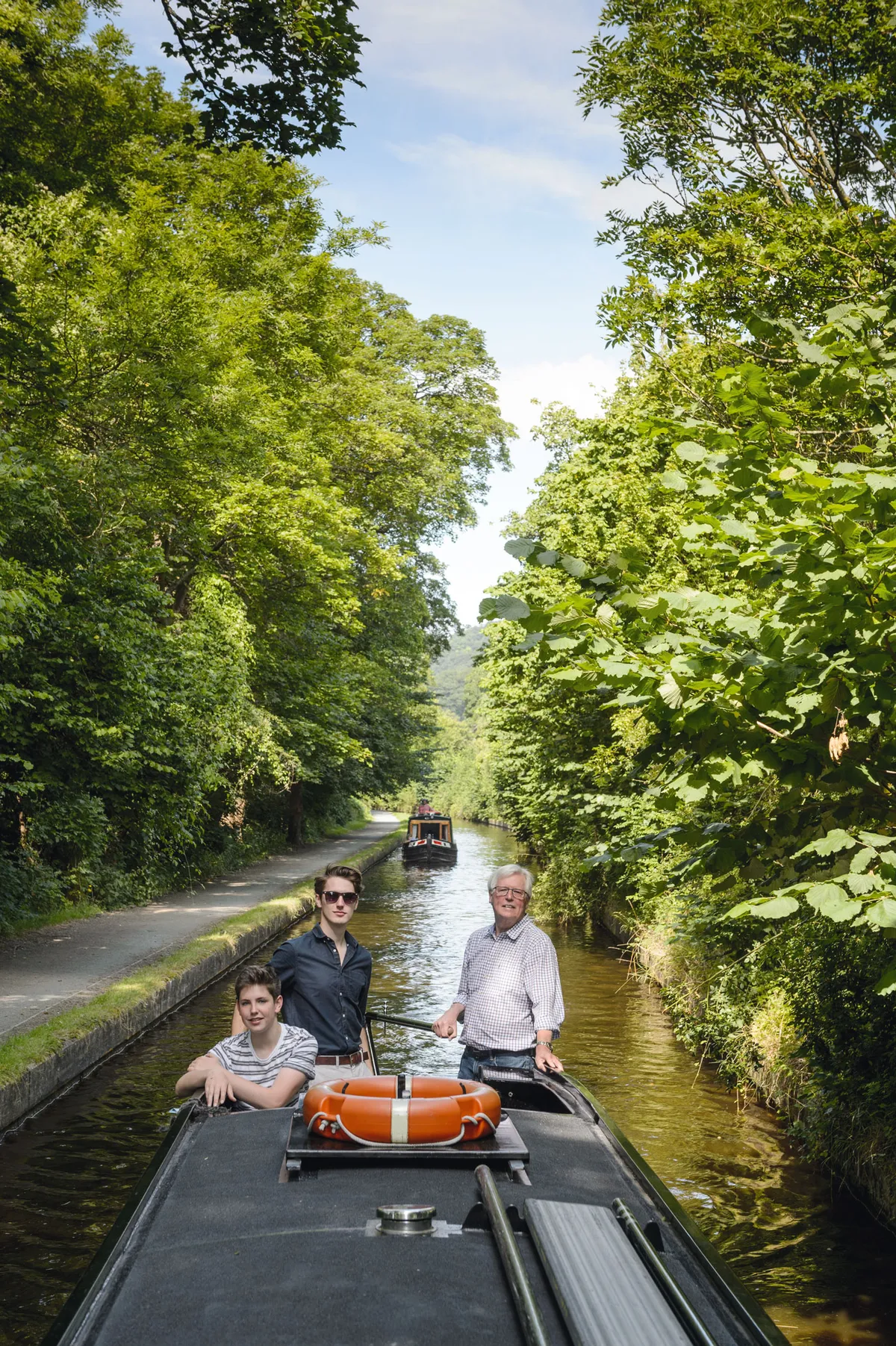
From the 2,000-mile network of navigable canals in England and Wales, we chose a 20-mile stretch of the Llangollen and it turned out to be a perfect microcosm of Britain’s waterways heritage. It encompassed both countries and put us to the test with two aqueducts, 57 bridges, two locks and three tunnels – quite an initiation for first-time narrowboaters piloting a 67ft craft.
The journey begins
We collected our narrowboat, the Askrigg, from the wharf by the world-famous Pontcysyllte Aqueduct. Its 18 stone pillars and 19 cast-iron arches carry the canal at a height of 38m (126ft) over the River Dee. Crossing it would be a challenge for another day, though, as we began our journey by heading four miles the other way, to the Eisteddfod town of Llangollen.
Oliver from the boat-hire company gave us a quick course on how to handle the Askrigg. “The most important thing to remember is that you push the tiller in the opposite direction to the one you want to take,” he said. “To the right if you want to go left, to the left to go right. Until you get the hang of it, that can be confusing. And there are no brakes; you stop by putting the engine into reverse.”
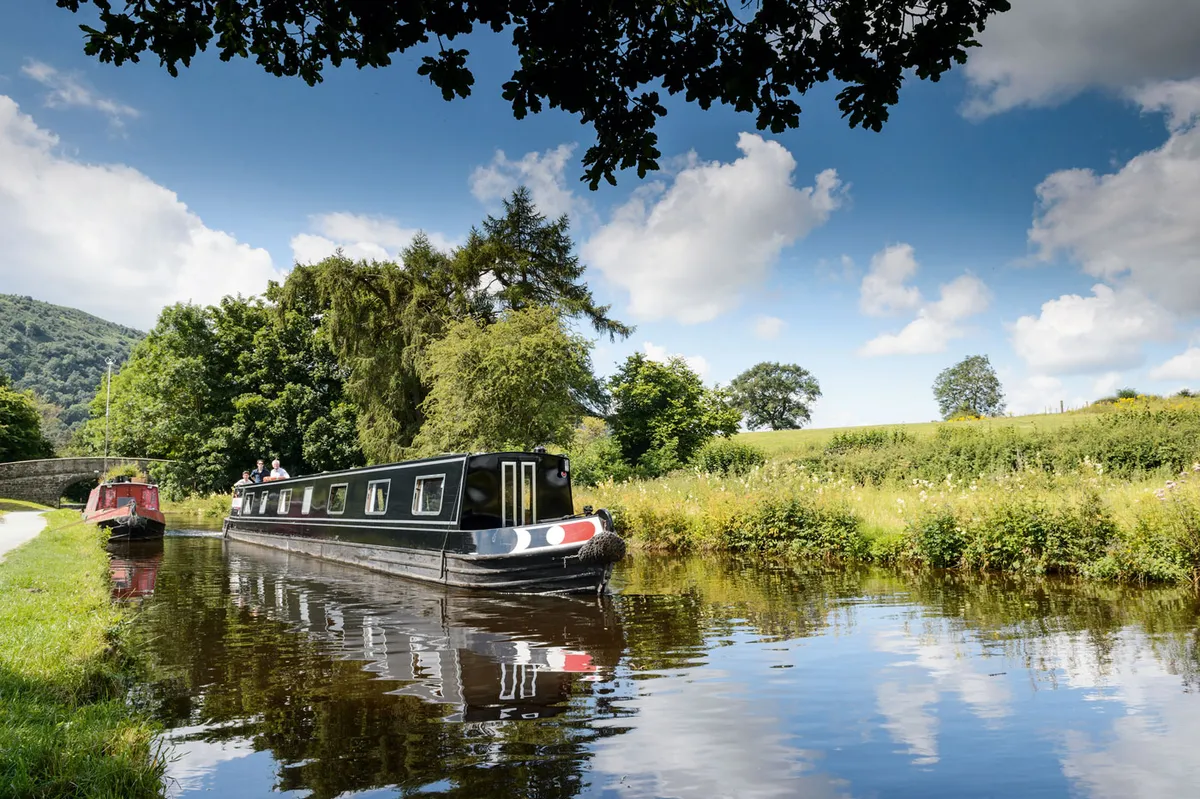
He also pointed out the horn (essential for warning boats coming towards us round sharp bends), the headlights (which must be switched on before entering tunnels) and stressed that we must drive on the right. But no licence is needed to pilot a narrowboat and after Oliver had travelled with us for a short distance to make sure we had understood his instructions, he left us to continue along on our own.
The Llangollen Canal
It quickly became clear that this stretch of canal was not only absurdly scenic but also one of the most difficult in the country to navigate – especially for novices in a boat the length of a cricket pitch. It runs along the steep slopes of the Vale of Llangollen and becomes so narrow in places that only one-way traffic is possible. Just to be on the safe side, Will had to run a few hundred yards ahead to make sure nothing was heading towards us and then phone me with an all-clear.
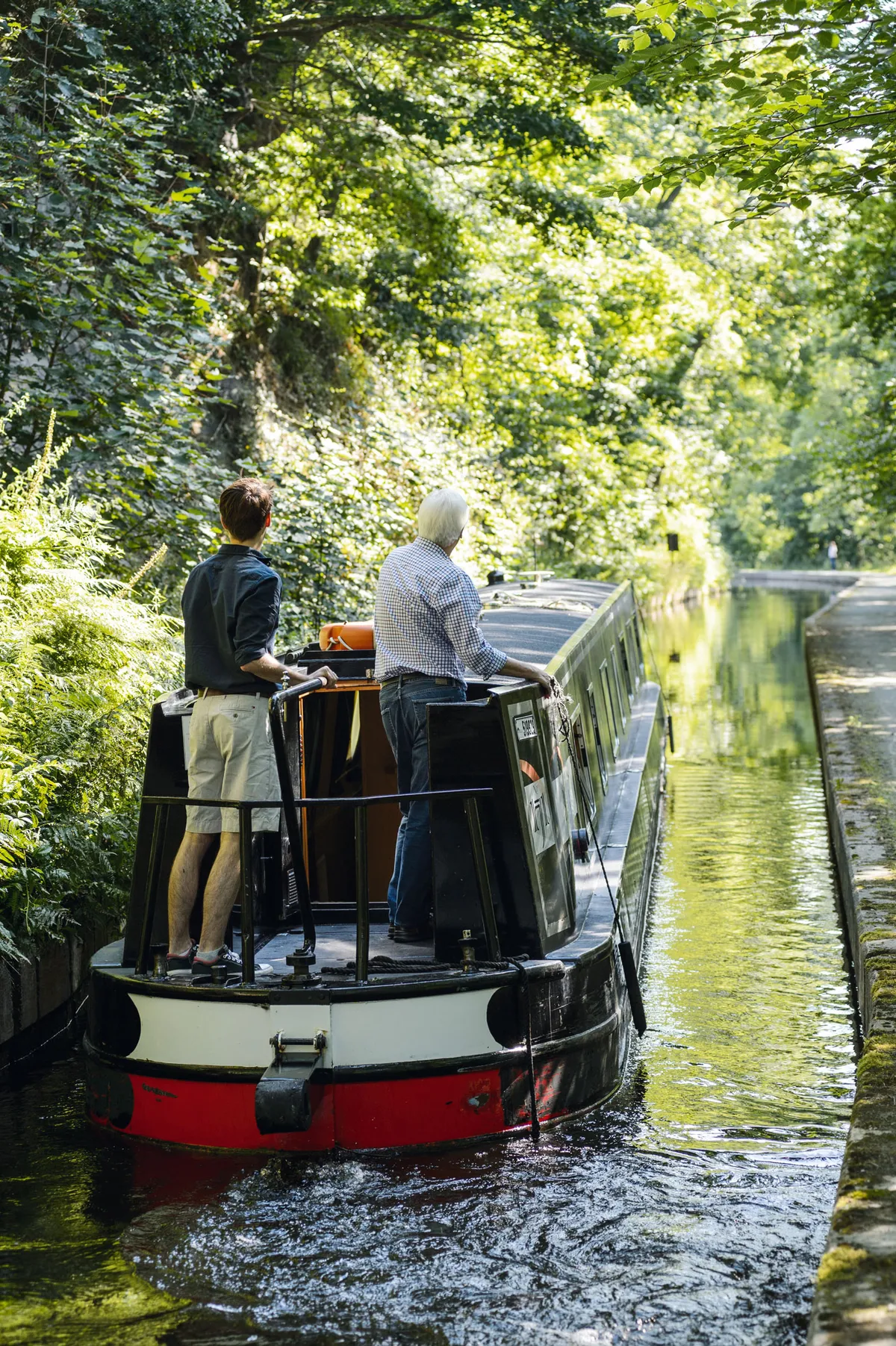
Narrowboating in style
At one point the main road is parallel and we smiled as we passed a speed camera – we were progressing at the stately, 19th-century pace of 3mph. Eventually we arrived in Llangollen where the canal ends and I performed a far from perfect four-point turn in the marina, with the backwash scattering a puddling (that’s the charming collective noun) of mallards that were settling down for the night on the bank.
It was time to check out the interior of our boat and it had everything we could possibly need – two showers, a double bed and two singles, a smart kitchen with a fridge and freezer, small gas cooker, a dining table with bench seats that could convert into an extra bed, two easy chairs and a TV (but no signal). This was narrowboating in style.
Pontcysyllte Aqueduct
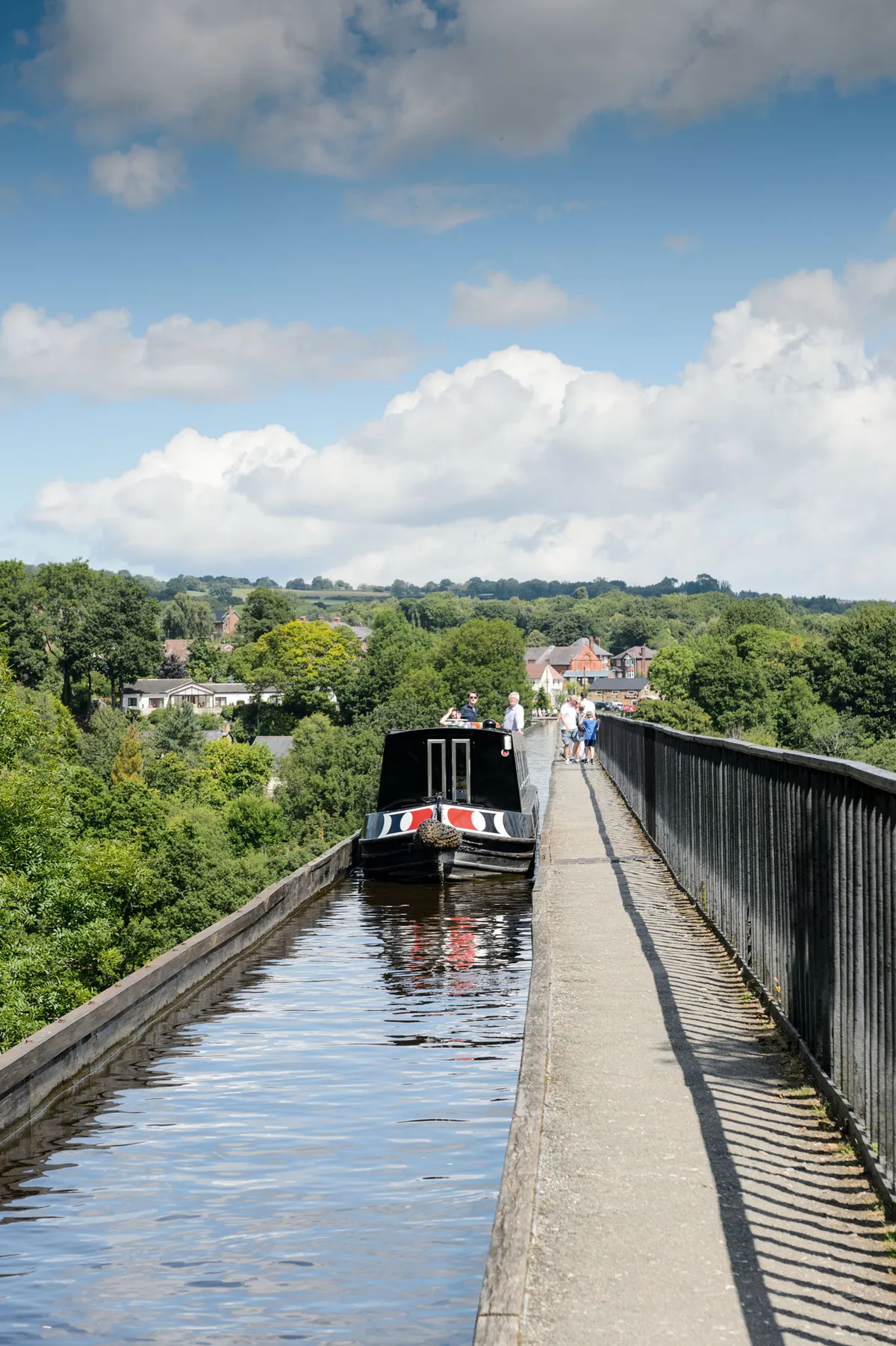
By lunchtime the next day we were back at the Pontcysyllte Aqueduct and as I tried to manoeuvre the boat into position for the crossing, I panicked and went headlong into the bank, much to the amusement of the people who were watching. It was some consolation that, judging by all the gouges, I was by no means the first.
Entering the aqueduct is one of those never-to-be-forgotten moments. It is, essentially, a 307m (1,007ft)-long metal trough that is just about wide enough for one boat. On one side is the towpath and on the other a sheer drop down to the valley floor – not a view for anyone with vertigo. It took 10 years to build and was completed in 1805, at the cost of £38m in today’s money and one navvy’s life. One of the geniuses behind it is one of my heroes: the great road and canal builder Thomas Telford and I felt honoured to be crossing a structure that he had helped to build.
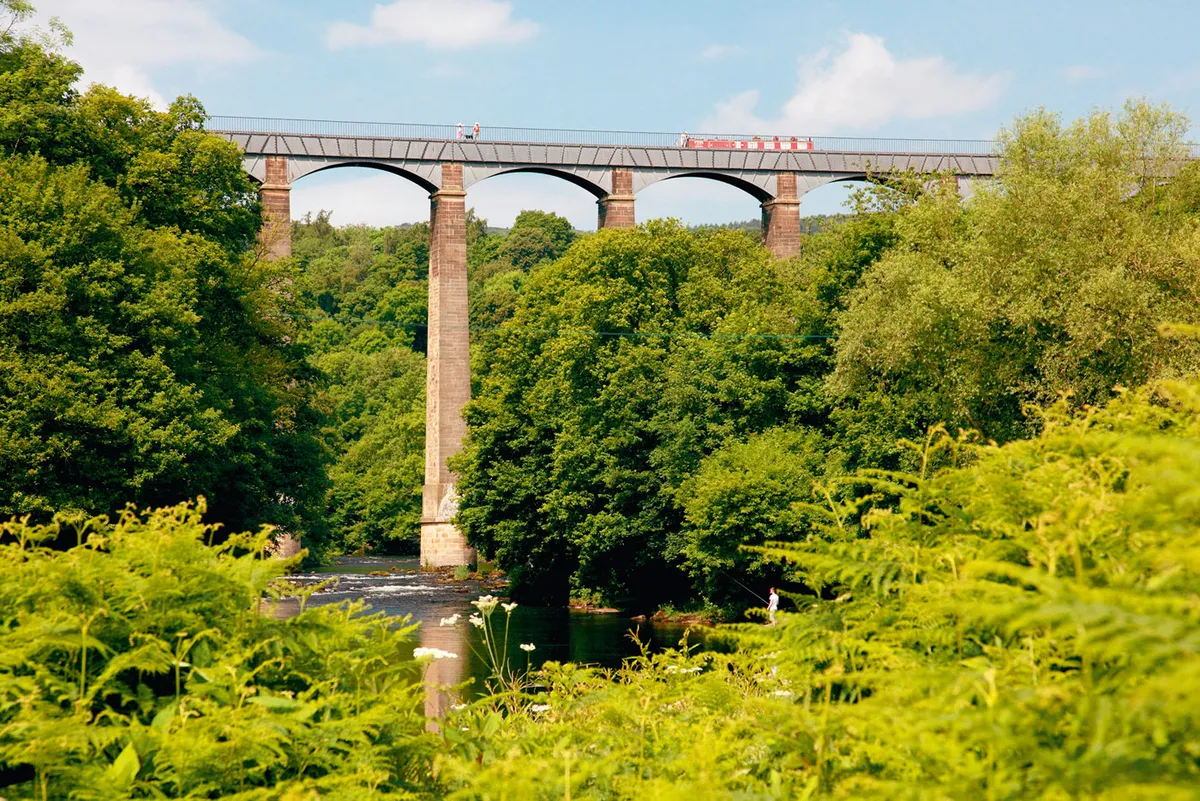
Safely over, ahead of us lay two tunnels and there’s a very simple, sensible rule for tunnels: if you see headlights in the dark, don’t enter. After the second tunnel at Chirk, another aqueduct was suddenly upon us – not much time for relaxing on this stretch of the canal. After that it was plain sailing all the way to a pleasant pub called the Poacher’s Pocket at Gledrid, where we moored for the night, reflecting that all of the 11 miles we’d covered from Llangollen are part of a UNESCO World Heritage Site, and rightly so. We had pottered down tree-lined watery avenues, past wide-open countryside and across spectacular constructions. The Llangollen Canal was built to transport lime from the Welsh hills to the industrial Midlands and it was saved from closure during the Second World War because it was also a vital conduit of water from and to those very same places. Now it’s purely a leisure resource and succeeds brilliantly.
The grand finale
Day Three presented our final challenge: the twin locks at New Marton that lie a couple of hundred yards apart. Patience is a necessary ingredient of canal travel and, as the queue for the first lock was long, we filled our water tank from taps at the waiting point and picked up a few steering tips from some friendly experienced boaters.
Charlie then guided Askrigg confidently into the locks while Will and I operated the gates and paddles. It all went surprisingly well.
The canal was busy in both directions all the way to Ellesmere, which kept us on our toes. But on the way back, after a night tied up next to the beautiful Blake Mere on the far side of Ellesmere tunnel, there was very little traffic and we had the waterway almost to ourselves. Apparently canals can be like that: unpredictable.
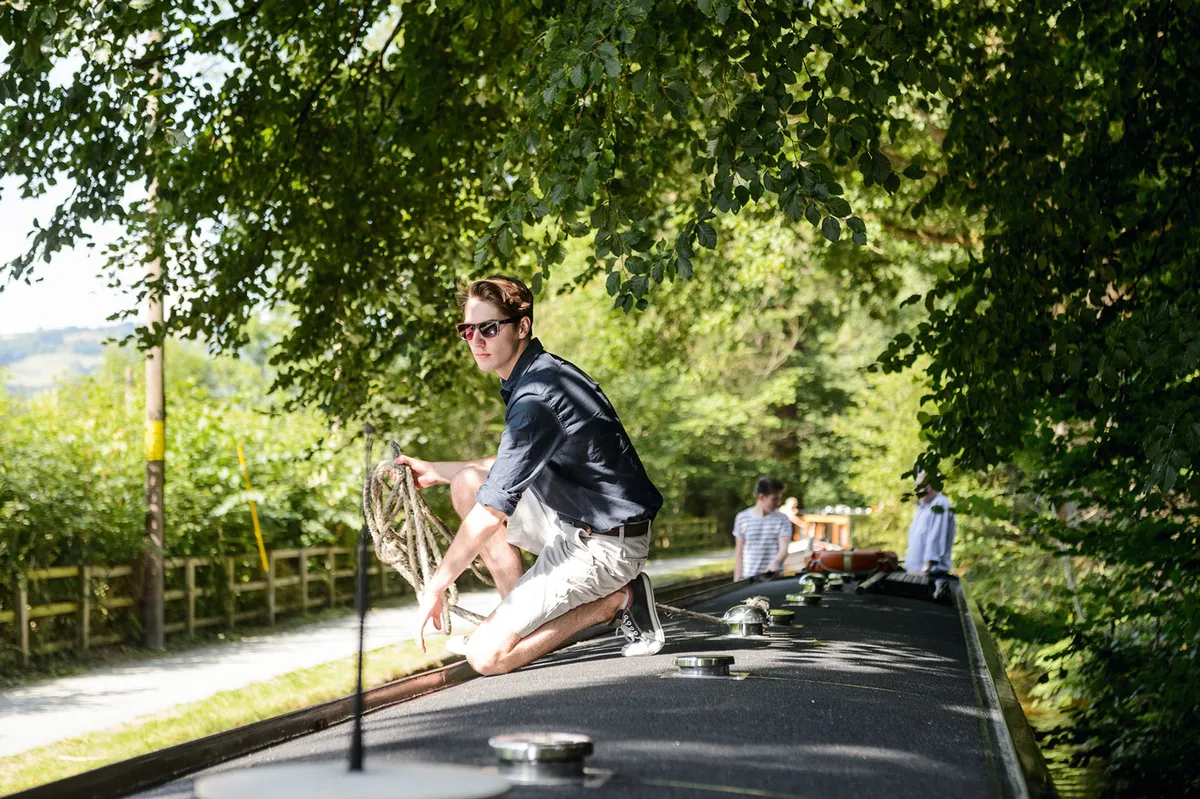
A pub dinner
Our fourth and final night saw the Askrigg moored a few hundred yards from journey’s end (we had to have it back at the Llangollen wharf by 9am) and its crew in the Aqueduct Inn, an old pub with great food and fine views from its wooden balcony. It also provided a wonderful and unexpected finale to our adventure.
The staff were clearing our plates away when into the bar came a large group of men in ties and blazers. Not long after entering they started to sing. It wasn’t the usual pub singalong stuff but beautiful songs with glorious harmonies and, after a short while, I began to recognise some of their faces from a Countryfile programme I had made with them years ago. They were members of the internationally renowned Fron Male Voice Choir. They were wetting their whistles after their regular Thursday-night practice and had decided to perform an impromptu encore in their local for a few of the regulars and Charlie, Will and me.
We were treated to a number of songs ranging from We’ll Keep a Welcome to Michael Row the Boat Ashore. The boys and I were mesmerised – where else could this have happened but in the land of song?
Their voices were still in my head early next morning as we took the Askrigg back across the aqueduct to where Oliver was waiting to moor it alongside some of the other 20 narrowboats based there.
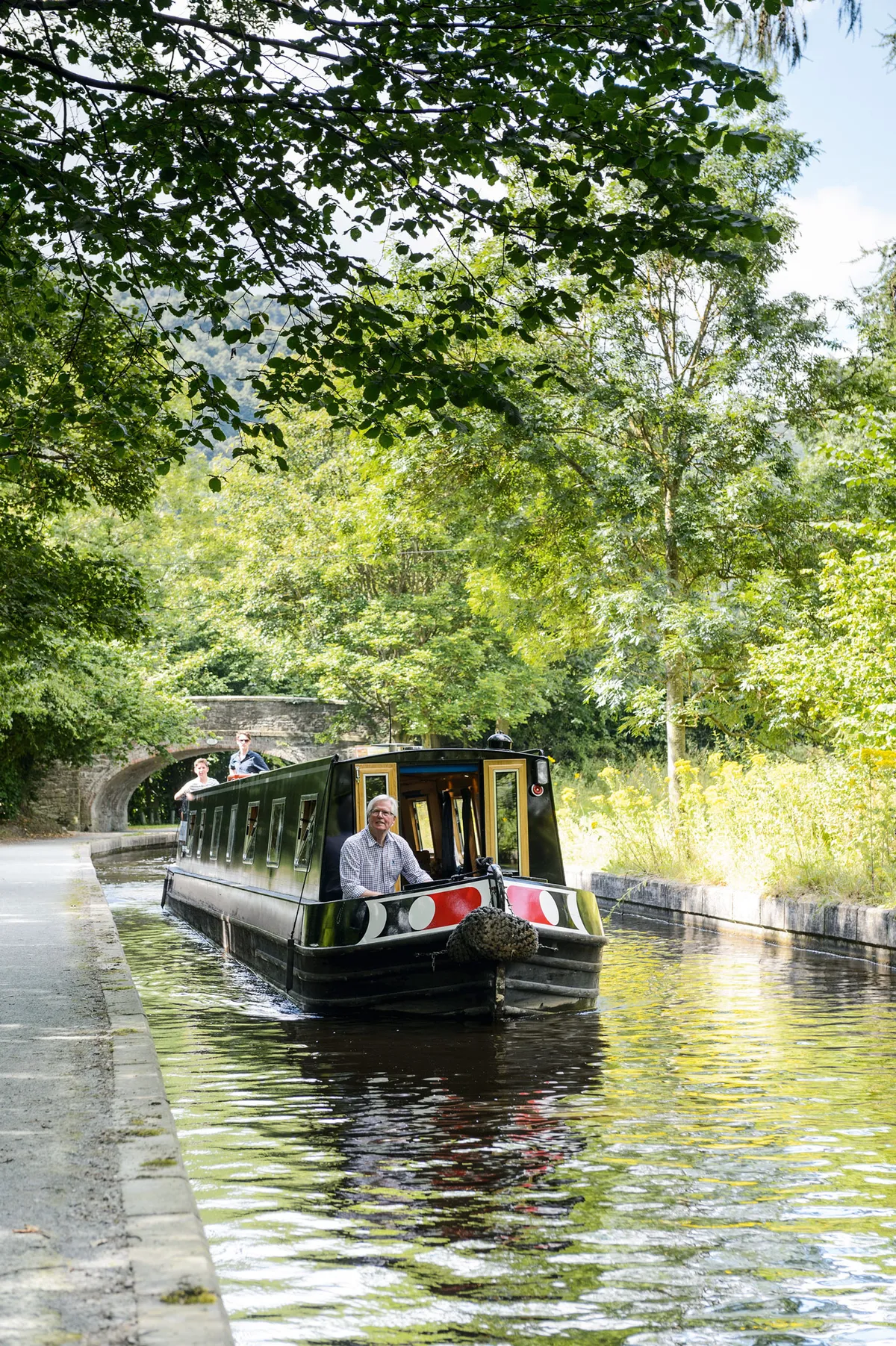
It had been an exhilarating, slow-motion few days. We had glided though breathtaking countryside while being overtaken by walkers and their dogs, joggers, cyclists and kayakers – canals aren’t just for narrowboats.
Many peaceful hours of travelling had been dotted with moments of tension, certainly on my part, as I tried to master the skills needed for a method of transportation that hasn’t changed in centuries. We agreed it had been far more than just a short holiday. The Llangollen Canal had given us an experience we’d never forget. Why on earth had I waited so long?
